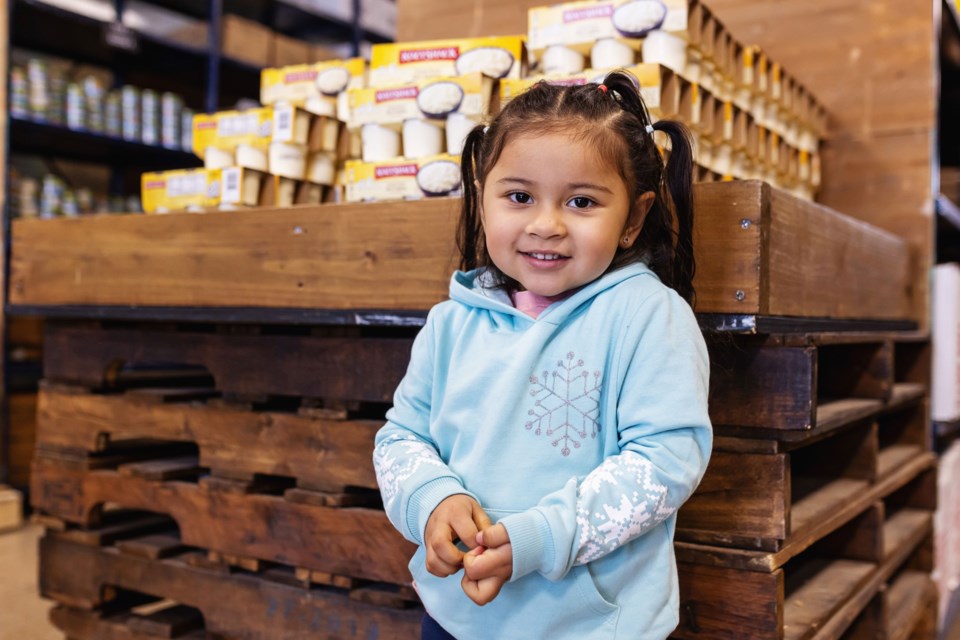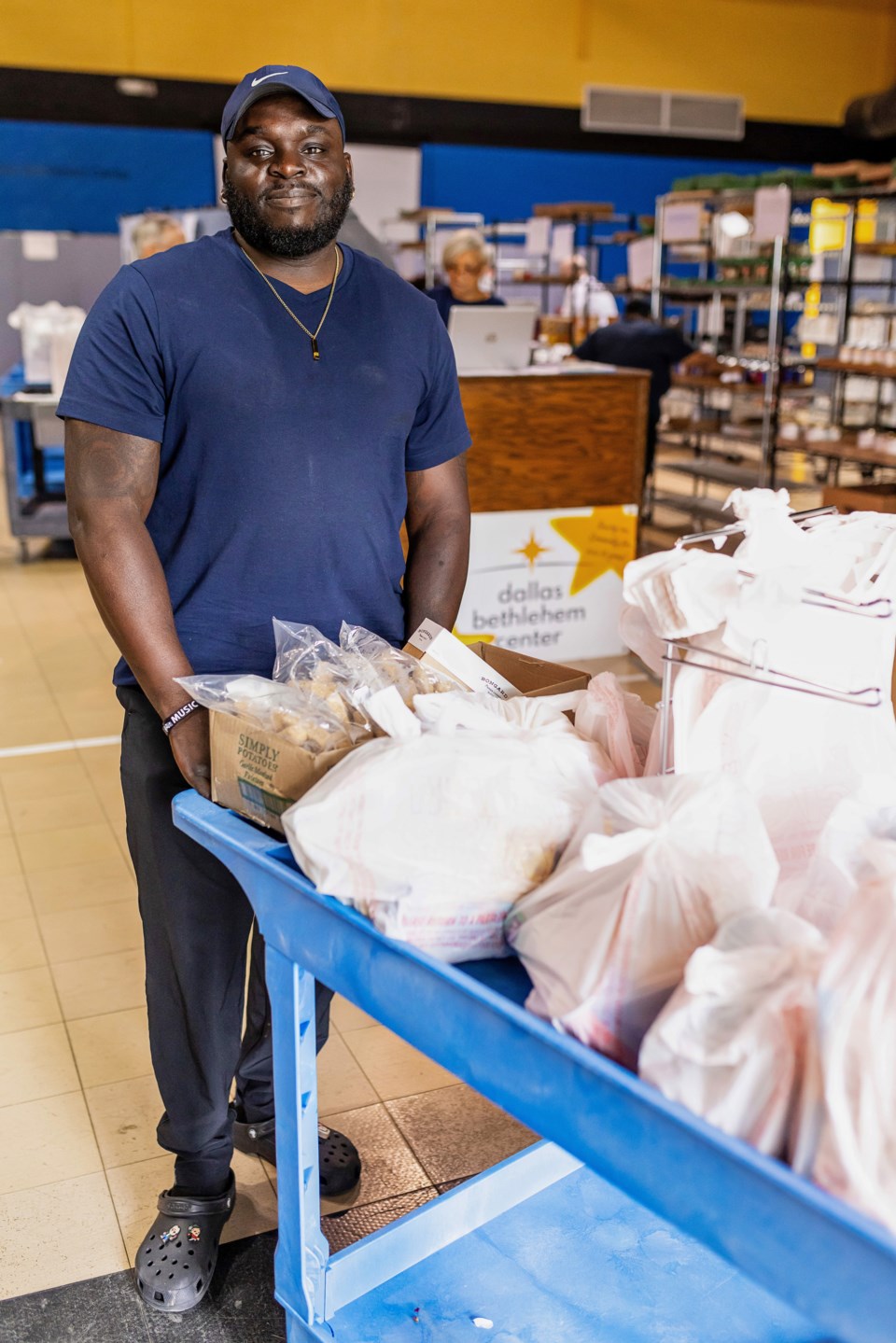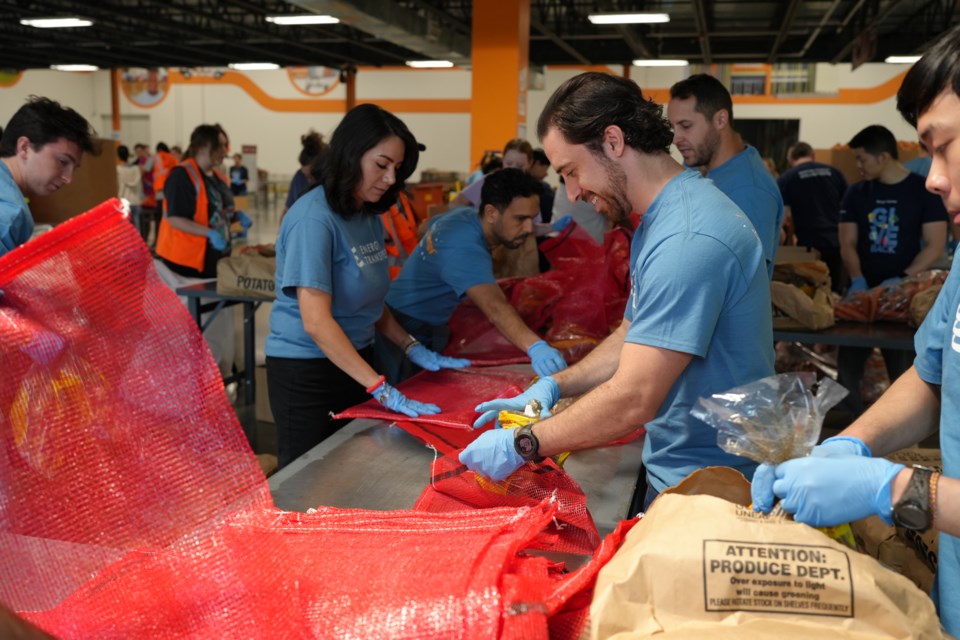For Yolanda, a North Texas mother and grandmother, keeping food on the table is a constant challenge.
“Right now, with the economy the way it is, things have just been kind of tight,” she says.
With teenagers still at home and young grandkids visiting after school or during breaks, Yolanda often struggles to stretch her budget. After learning from her children’s school about a nearby NTFB partner pantry and resource center, she began visiting twice a month. There, she’s able to shop for fresh fruits and vegetables, pantry staples like pasta and rice, milk and protein. The food supplements what she can afford and helps ensure there’s always a healthy dinner to serve — no matter how many people are at the table.

“Without places like this, I don’t know where we’d be right now,” she says. “It’s a big help.”
Yolanda is one of more than 744,000 people in the 12 counties served by NTFB who face hunger — including one in five children. According to Feeding America, Texas leads the nation in food insecurity for the second consecutive year, with nearly 5.4 million people struggling to access enough food. One-third of them are children.
“With the continued rise in food and housing costs, families across every ZIP code in North Texas are facing increasingly difficult decisions — whether to put food on the table or cover essential expenses like childcare, gas, medication, rent or utilities,” says Trisha Cunningham, president and CEO of NTFB. “Unfortunately, household incomes have not kept pace with the region’s escalating cost of living, contributing to a growing need for food assistance.”
NTFB is stepping up. In its last fiscal year, the food bank distributed 118 million meals in partnership with nearly 500 pantries and community organizations. NTFB also works directly with more than 40 schools to host on-campus pantries and operates the Food 4 Kids backpack program at 255 campuses, providing students with bags of shelf-stable food to take home each Friday.
NTFB also supports access to federal food programs. In the past year, it enabled 19.4 million meals through the Supplemental Nutrition Assistance Program (SNAP) by helping neighbors apply.

With recent federal funding cuts — including more than $11 million for NTFB — and reductions to SNAP benefits, Trisha says community support is more critical than ever.
In addition to food access, NTFB is partnering with organizations that provide wraparound services — such as job skills training, financial coaching and health care — to address the underlying barriers to food security. Yolanda says her kids have even participated in summer enrichment programs at the resource center, helping them stay engaged and ready for school in the fall.
“Places like this help a lot,” she says. “This is what our children need.”
For Trisha and the NTFB team, the mission is clear.
“Food insecurity is a complicated issue. Feeding and supporting our neighbors facing hunger is not,” she says. “Together with the community’s support, we can ease the burden for our neighbors facing hunger — creating thriving communities, brighter futures and lasting change.”




